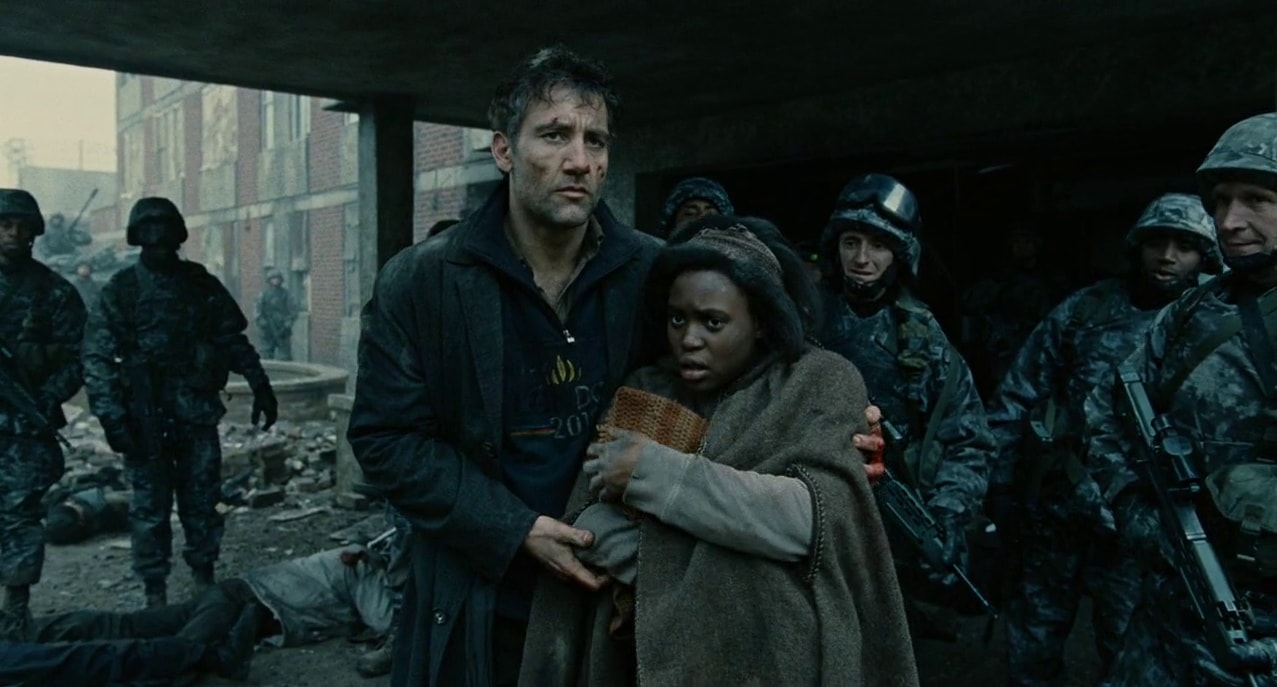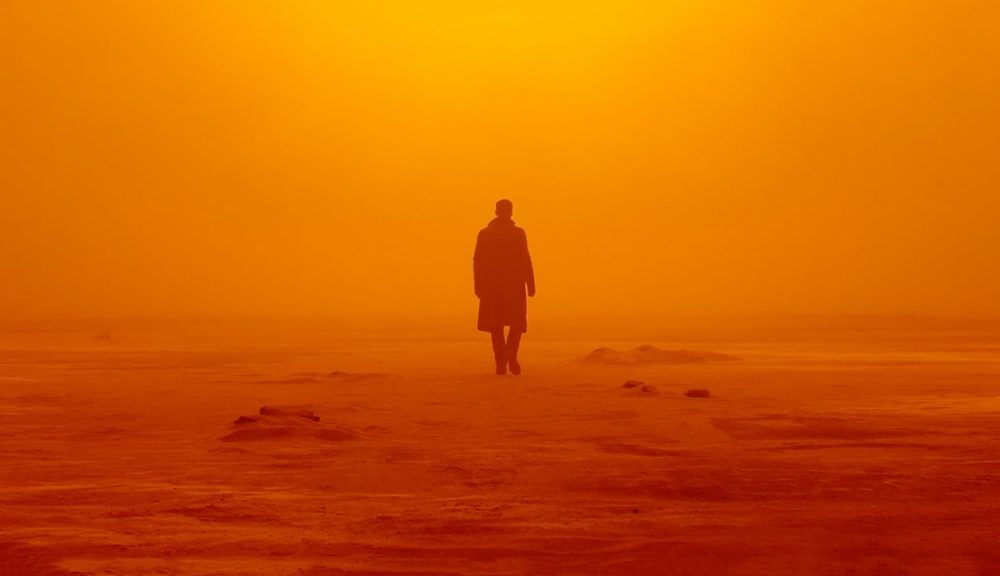“That’s a wrap everyone!” is one of the last things you’ll hear on set when a project finishes production. Actors go home, the crew puts away all the equipment and the video is handed over to the Post-Production Producer. It might seem like the hardest part of the journey is done but you’re far from over.
Any production would not be the same without the Post Producer. Post-production is a huge part of the production process as it includes all the editing, sound design and color correction of a TV show, movie or commercial. It’s the Post Producer’s job to see that all of these elements are completed, on-time and on-budget.
Editing a video is a little like playing Tetris… you must place the clips in the correct order so that they flow seamlessly. This can be an especially lofty task since scenes are typically shot out of order. Oftentimes, scenes that were shot days apart when weather conditions were completely different look as if they occurred 10-minutes apart in a film or television series. Therefore, Post Producers must be process oriented, have attention to detail and be creative in order to piece together these scenes.

Once editing is completed, the next step in post-production is sound editing. Often overlooked, sound is just as important as the visuals. Just imagine Jurassic World or The Avengers films without the incredible sound design. Inserting dialogue, sound effects and music make the final product more powerful and enjoyable. During what is known as final mix, all the audio tracks are layered within the piece to give it depth and make it sound as realistic as possible. It’s the Post Producer’s job to ensure the sound follows the Director’s creative vision.
The final mix is not the final step. Most Directors like to finish up by creating a ‘look’ to their work. Although it starts by correcting any errors in color or exposure and matching shots captured on various days or different cameras, color grading is used to set the tone of the project. These days, color grading is used more and more to produce artistic effects. A Director might plan to wash his entire movie out to give it a bleak, post-apocalyptic look. Or turn up the colors to make everything feel surreal.

Post-production workflows vary greatly depending on the Editor and Director, as well as the specific project they’re working on. Whatever the process may look like, it’s the Post Producer’s job to keep things moving forward.
And that’s a wrap on post-production! Funny thing is, nobody calls out anything at the end of post-production… except for maybe a long sigh and the sound of a popping cork.

